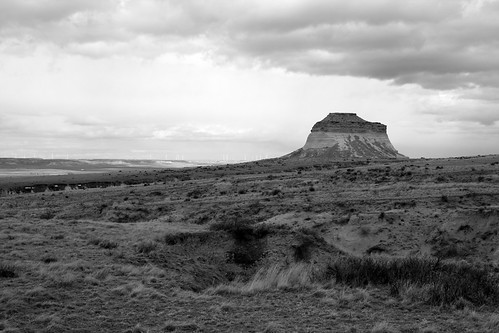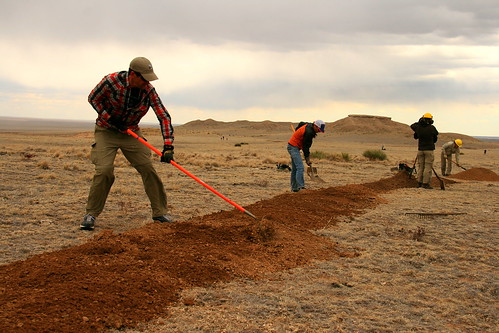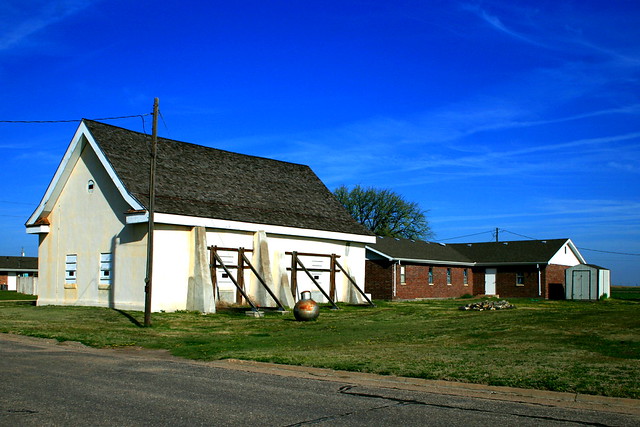About a month ago, the Great Plains Trail Alliance (GPTA) joined the Poudre Wilderness Volunteers and some US Forest Service employees to build a new stretch of the Pawnee Buttes Trail in Pawnee National Grassland, Colorado.
There are two big pictures here:
- the USFS wants to encourage more recreational use of our national grasslands, which it manages along with national forests;
- the GPTA wants to start the Great Plains Trail somewhere.
Most GPTA members live along Colorado’s Front Range, so I expect we’ll see more GPTA activity at Pawnee and Comanche National Grasslands than elsewhere – at least for now. Western Nebraska (Scotts Bluff and Wildcat Hills) are also close to most members, and an interest of mine. We also have a land trust in Montana that’s interested in working with us.
Have you ever wondered how to build a trail? Not surprisingly, it depends on the purposeand the terrain. A lot of Pawnee NG use happens on “unofficial” trails. These tend to duplicate each other and increase impact on the prairie. The USFS built a new trailhead to concentrate parking and picnicking in one place, and concentrate impact. However, the trailhead needed a connector trail to the Pawnee Buttes Trail to focus the impact.
While they were at it, the USFS decided to build an accessible trail to a viewpoint looking at First and Second Pawnee Buttes. The trail to the buttes loops around a butte and up and down a couple gullies, and that’s not going to be accessible. The side trail is flat and wide for wheelchairs.
Across a fairly flat grassland, the trail strategy was simple: first, flag a route. Then, dump a cubic yard of gravel every five yards on the connector trail, about double that on the accessible trail. This should be enough gravel for a three-foot-wide trail for wheelchairs, two-foot wide for foot traffic. It turned out to be too much gravel, so both trails are a bit wider than intended.
The USFS used a Bobcat to deliver the gravel before we got there. Our job was to spread it out, with shovels, rakes, and Mcleods. If you piled it 3-5 inches high, you’re ready to compress it. After it was pretty, we used two plate compressors to flatten them trails out, to 1-2 inches.
Pretty simple, really. We were at it for a little over five hours, and the compressors stayed longer finishing the job. We had a short, hard rainstorm in mid afternoon, and were rewarded with a double full rainbow. The GPTA contingent then hiked to the buttes and back. After that, I turned around for the 925-mile trip back to Champaign.
Links: GPTA
GPTA Blog
GPTA Flickr Page
Bob’s photos of Pawnee National Grassland







